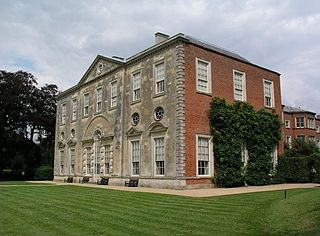
Claydon House is a country house in the Aylesbury Vale, Buckinghamshire, England, near the village of Middle Claydon. It was built between 1757 and 1771 and is now owned by the National Trust.
Claydon is a place name in:

Sir Edmund Verney was an English politician, soldier and favourite of King Charles I. At the outbreak of the English Civil War he supported the Royalist cause and was killed at the Battle of Edgehill.

The Verney family purchased the manor of Middle Claydon in Buckinghamshire, England, in the 1460s and still resides there today at the manor house known as Claydon House. This family had been seated previously at Fleetmarston in Buckinghamshire then at Pendley in Hertfordshire. It is not to be confused with the unrelated but also ancient and prominent Verney family of Compton Verney in Warwickshire.

Earl Verney, in the Province of Leinster, was a title in the Peerage of Ireland. Sir Ralph Verney sat as a member of parliament for Aylesbury, for Great Bedwyn and for Buckingham. In 1661 he was created a Baronet, of Middle Claydon in the County of Buckingham, in the Baronetage of England. His son Sir John Verney, Bt, was a member of parliament for Buckinghamshire and for Amersham. In 1703, he was raised to the Peerage of Ireland as Baron Verney of Belturbet, in the County of Cavan, and Viscount Fermanagh. His son, the second Viscount, represented Amersham and Wendover in Parliament. In 1742 he was created Earl Verney, in the Province of Leinster, in the Peerage of Ireland. However, all titles became extinct on the death of his son, the second Earl, in 1791.

Sir Ralph Verney, 1st Baronet DL, JP was an English baronet and politician who sat in the House of Commons at various times between 1640 and 1690.

John Verney, 1st Viscount Fermanagh, known as Sir John Verney, 2nd Baronet, between 1696 and 1703, was an English peer, merchant and Tory politician who sat in the House of Commons from 1710 to 1717.

Claydon railway station is a former railway station on the 'Varsity Line', that served the village of Steeple Claydon in Buckinghamshire.
There have been three baronetcies created for persons with the surname Noel, two in the Baronetage of England and one in the Baronetage of Great Britain. One creation is extant as of 2008.
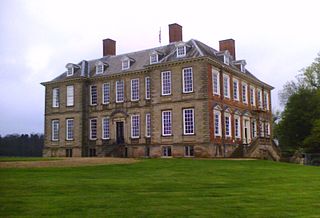
Sir Thomas Cave, 5th Baronet was a British politician and lawyer.

Sir Harry Verney, 2nd Baronet PC, DL, JP was an English soldier and Liberal politician who sat in the House of Commons variously between 1832 and 1885.
Sir Edmund Hope Verney, 3rd Baronet FRGS, DL, JP was a British naval officer, author and Liberal politician who sat in the House of Commons in two periods between 1885 and 1891.
Ralph Verney may refer to:
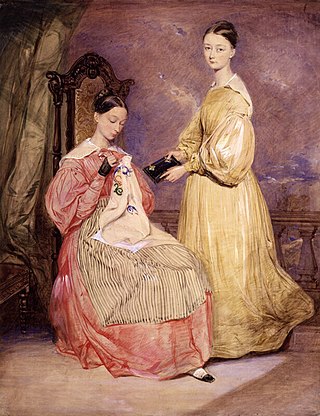
Frances Parthenope Verney, Lady Verney, was an English writer and journalist.
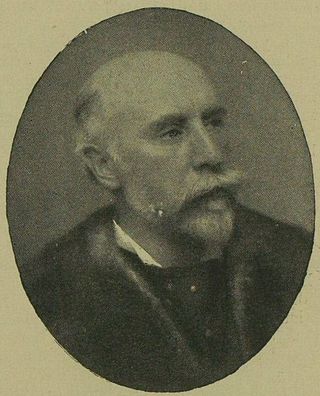
Frederick William Verney was a younger son of the long-established Verney family of Middle Claydon, Buckinghamshire. He became a Church of England clergyman, a barrister, a Siamese diplomat, and a Liberal Party politician, serving as a member of both the Buckinghamshire and London County Councils, and from 1906 to 1910 as the Member of Parliament (MP) for Buckingham.
Blacknall is a surname. It may refer to:

Mary Verney was the wife of Sir Ralph Verney, 1st Baronet, of Middle Claydon DL, JP (1613–1696), an English baronet and politician who sat in the House of Commons.
Sir Edmund Ralph Verney, 6th Baronet succeeded to the title of 6th Baronet Calvert, of Claydon House, Buckinghamshire, on 17 August 2001.
Sarah Otway-Cave, 3rd Baroness Braye was an English noblewoman. The title of Baron Braye, originally created in 1529 for her ancestor Edmund Braye, 1st Baron Braye and abeyant since the death of the second baron in 1557, was called out of abeyance in her favor in 1839.
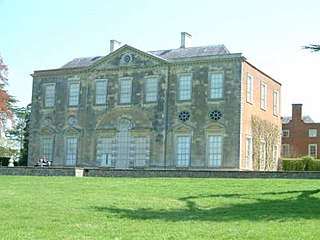
The Calvert, later Verney baronetcy, of Claydon House in the County of Buckingham, was created in the Baronetage of the United Kingdom on 3 December 1818 for General Harry Calvert, for many years Adjutant-General of the Forces. The second Baronet assumed in 1827 the surname of Verney in lieu of Calvert. He had succeeded to the Verney estates through his cousin Richard Calvert, who married Mary, the widow of the Hon. John Verney, eldest son of Ralph Verney, 1st Earl Verney. Verney sat as Liberal Member of Parliament for Buckingham and Bedford.











